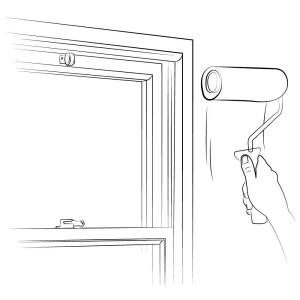All Categories
Featured
Table of Contents
Why Install Stunning Double Glazing Windows During Summer? in Applecross Western Australia
Glazing merely implies the windows in your house, consisting of both openable and fixed windows, in addition to doors with glass and skylights. Glazing actually simply suggests the glass part, however it is generally used to refer to all aspects of an assembly including glass, movies, frames and home furnishings. Paying attention to all of these elements will help you to attain effective passive design.

Energy-efficient glazing makes your home more comfortable and drastically decreases your energy expenses. Unsuitable or improperly created glazing can be a major source of undesirable heat gain in summer season and substantial heat loss and condensation in winter season. Up to 87% of a home's heating energy can be acquired and up to 40% lost through windows.
Which Double Glazed Windows Are Best For Summer? in Applecross Perth
Glazing is a considerable financial investment in the quality of your home. An initial investment in energy-efficient windows, skylights and doors can significantly minimize your yearly heating and cooling costs.

This tool compares window choices to a base level aluminium window with 3mm clear glass. Comprehending a few of the crucial homes of glass will help you to pick the very best glazing for your home. Secret residential or commercial properties of glass Source: Adapted from the Australian Window Association The amount of light that passes through the glazing is referred to as visible light transmittance (VLT) or noticeable transmittance (VT).
Double Glazing Australia Blogs in Leda WA
The U value for windows (revealed as Uw), explains the conduction of the whole window (glass and frame together). The lower the U worth, the higher a window's resistance to heat circulation and the better its insulating worth.
For example, if your house has 70m2 of glazing with aluminium frames and clear glass with a U value of 6. 2W/m2 C, on a winter season's night when it is 15C chillier outside compared with inside your home, the heat loss through the windows would be: 6. 2 15 70 = 6510W That is comparable to the total heat output of a large space gas heating system or a 6.
5 Benefits Of Double Glazing Windows in Carramar Western Australia

If you pick a window with half the U value (3. 1W/m2 C) (for example, double glazing with an argon-filled gap and less-conductive frames), you can halve the heat loss: 3. 1 15 70 = 3255W The solar heat gain coefficient (SHGC) for windows (expressed as SHGCw) determines how readily heat from direct sunlight flows through an entire window (glass and frame together).
The lower a window's SHGC, the less solar heat it transfers to the house interior. The real SHGC for windows is affected by the angle that solar radiation strikes the glass.
Windows Of Opportunity: Your Guide To High-performance ... in Leeming Western Australia
When the sun is perpendicular (at 90) to the glass, it has an angle of occurrence of 0 and the window will experience the optimum possible solar heat gain. The SHGC stated by glazing producers is constantly calculated as having a 0 angle of incidence. As the angle increases, more solar radiation is shown, and less is transmitted.
Latest Posts
Fitting A Cabin In Your Garden? Get Double Glazing Fitted Too in Forrestdale WA
Why Is Double Glazing So Important In Winter? in Highgate Perth
Best Glass For Double Glazing in Gwelup Perth